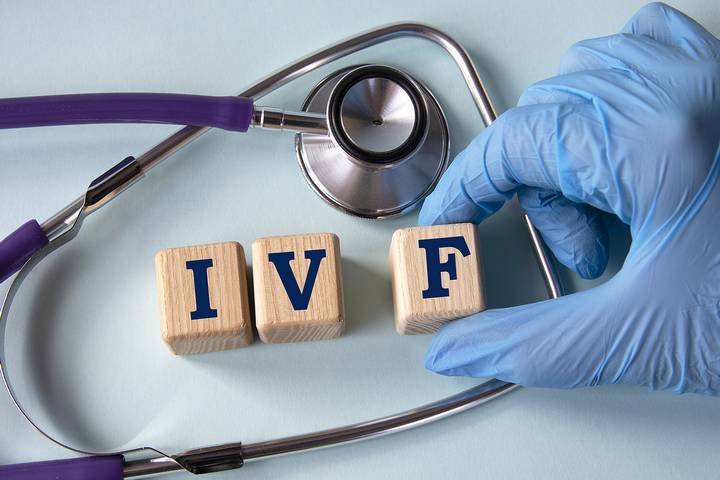In Vitro Fertilization (IVF) is one of the most well-known and effective assisted reproductive technologies (ART) used to help couples struggling with infertility. IVF involves retrieving eggs from a woman’s ovaries, fertilizing them with sperm in a laboratory, and then transferring the resulting embryo(s) into the woman’s uterus. It is commonly used when other fertility treatments have failed or in cases of specific infertility conditions.
Who Should Consider IVF?
IVF may be recommended for couples facing a variety of infertility issues, including:

Step-by-Step Process of IVF Treatment
1. Ovarian Stimulation
The IVF process begins with ovarian stimulation to encourage the ovaries to produce multiple eggs, rather than the single egg that is typically released each month. This is done using fertility medications like:
Regular blood tests and ultrasounds are done to monitor the development of ovarian follicles (which contain the eggs).
2. Egg Retrieval (Oocyte Collection)
Once the eggs are mature (usually after 10-14 days of stimulation), they are retrieved in a minor surgical procedure called egg retrieval. This is done under sedation using a thin needle inserted through the vaginal wall and into the ovaries. The eggs are collected and taken to the lab.
3. Sperm Collection
The male partner or a sperm donor provides a sperm sample on the day of egg retrieval. The sperm is processed in the lab to select the healthiest and most active sperm.
4. Fertilization
There are two main ways to fertilize the eggs in the lab:
After fertilization, the fertilized eggs (now called embryos) are monitored as they develop in the lab for several days.
5. Embryo Culture and Development
The embryos are cultured for 3 to 5 days in the lab. During this time, the embryologist will assess the quality and health of the developing embryos. On day 5, embryos may reach the blastocyst stage, which has a higher likelihood of implantation.
6. Embryo Transfer
One or more embryos are selected for transfer into the woman’s uterus. The embryo transfer is a simple procedure where a thin catheter is used to place the embryo(s) directly into the uterine cavity. It is typically painless and does not require anesthesia.
The number of embryos transferred depends on the woman’s age, embryo quality, and other factors. To avoid the risks associated with multiple pregnancies, single embryo transfer (SET) is often recommended, especially for younger women.
7. Luteal Phase Support
After embryo transfer, hormonal support is provided to help maintain the uterine lining and promote implantation. This usually involves progesterone supplements given as injections, gels, or suppositories.
8. Pregnancy Test
About 10-14 days after the embryo transfer, a blood test is done to check for pregnancy by measuring the level of human chorionic gonadotropin (hCG), a hormone produced during pregnancy.
Success Rates of IVF
IVF success rates depend on various factors, including the age of the woman, the cause of infertility, the quality of the eggs and sperm, and the clinic’s expertise. In general:
Using donor eggs can significantly improve success rates for older women or those with poor egg quality.
Risks and Complications
While IVF is generally safe, there are some risks and potential complications, including:
Advancements in IVF Technology
Cost of IVF
The cost of IVF varies by country and clinic but typically ranges from $12,000 to $15,000 per cycle in the U.S., excluding medications, which can add an additional $3,000 to $5,000. Some insurance plans may cover part of the cost, and many clinics offer payment plans.
Conclusion
IVF has helped millions of couples achieve their dream of parenthood. While the process can be challenging both emotionally and financially, advancements in technology and individualized treatment plans continue to improve success rates. If you’re struggling with infertility, consulting with a fertility specialist can help determine if IVF is the right option for you.




